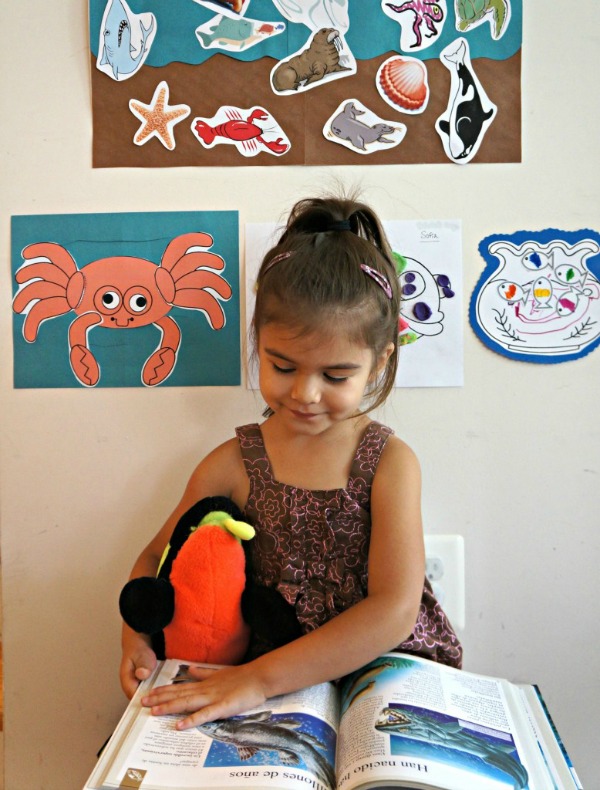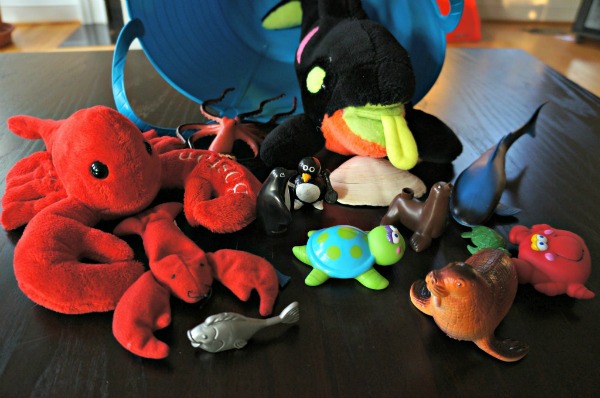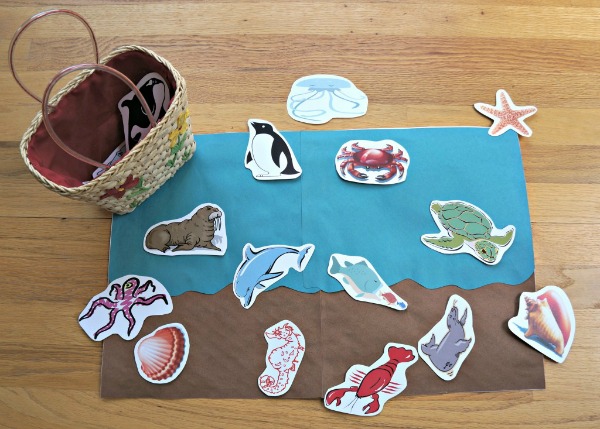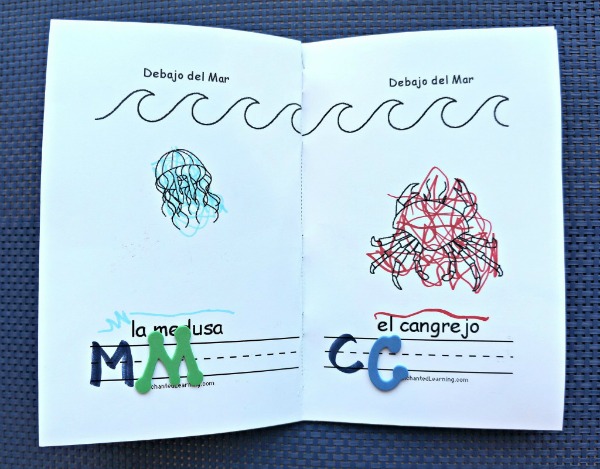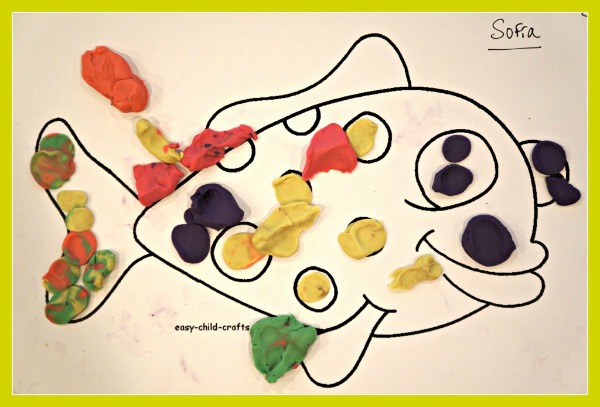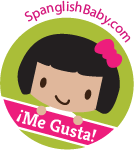When my familia decided to take a last-minute trip to the beach, I had to act fast and create a learning unit about the Oceano for my daughter Sofía. I didn’t have as much time as normal for the planning, so instead of making my own actividades as I usually do, I turned to the internet to pull from resources already available. Even if you have already past your Oceano Unit, these resources have mucho más to offer than just maritime themes. Since we only speak in Español in my casa, all our actividades are monolingual, but you can easily use a text box to add words in Inglés to the documents to make them bilingual.
The first thing I did in planning my unit is to create a list of words that I wanted to center everything around so that I would provide consistency and a spiral repetition throughout the unit. (Laymen’s terms, I wanted Sofía to see the same vocabulary repeated in all her actividades and not introduce the word mermaid on day 1 only to never see it again later.) Once a vocabulary list is established, it makes creating the actividades much easier and provides direction. Here is my list of vocabulary words for our Oceano Unit. I’ve included their meanings in Inglés as well.
Actividades
1. Fotos of Animales. We used the first actividad as an introduction to the entire unit. Over breakfast one morning, we talked about our upcoming trip to the beach. I asked Sofía what kinds of animales she thought she would see at the beach (or that lived in the oceano). As she gave me the names of the animales, I conducted a Google image search of them and pulled up real fotos so that she could see various pictures of the real animal. Ahead of time, I had created a slideshow of these images to use as a summary tool at the end of breakfast. Note that although maybe Sofía brainstormed an animal that wasn’t on my list, I still showed her a foto of that animal. Then I was able to make a decision if it was an animal that I wanted to include in our list of vocabulary or not.
2. Sorting and Categorizing Objects. For the second actividad, I gave Sofía a plastic basket and we combed through all her toys and belongings for objects that had to do with the oceano. When we pulled out her basket of stuffed animales for example, we made two piles, one for those animales that could be found in the oceano and one for those that could not.
3. Animal Alphabet Coloring Pages. The third actividad helps strengthen phonemic awareness and prewriting /prereading skills. Ahead of time, I had printed out Animal Alphabet coloring pages for each of our vocabulary words. Sofía and I talked about the animal and the beginning letter. Then she colored the animal and traced the letter. Here is the link of the index for letters and their actividades in Español available from Primera-Escuela. Since not all the animales on our vocabulary list were available from Primera-Escuela, I ended up creating a few of my own animal letters by using sites like: Hellokids.com and Fun-with-Pictures.com. All are included in the document linked above.
4. Crab Craft. We printed out this template from First-School, the Inglés site of Primera-Escuela. We printed it in color then cut and pasted it together.
5. Carrera de Observación and Collage. The fifth actividad is somewhat of a Carrera de Observación (Scavenger Hunt). I used the Seashore Collage actividad from First-School and tweaked it a bit. Instead of using their oceano shells template, I made and printed my own in color (to cover all the target vocabulary words) and hid them around the living room. Sofía searched for all the animales del oceano. She liked it so much that she asked me to do it several times! Later we glued all the animales to the “seashore” which I made by gluing sandpaper and blue construction paper to a half piece of poster board.
6. Online Book: Finbo. The International Children’s Digital Library is amazing! You really need to check it out for yourselves! We found a book about a young whale and had lots of fun reading it over and over again on the computer.
7. Book: Debajo del Mar. Enchanted Learning has a plethora of resources in foreign languages as well as in Inglés. I particularly like their picture vocabulary sheets and little books. We printed out the book, Debajo del Mar (Full version is available to members). Sofía colored it and then I highlighted the beginning letter of each animal word and gave her sticky foam letters to match to each letter.
8. Fish Bowl Craft: There is an entire lesson plan written up for this actividad. We basically just printed out the black and white outline of the Fish Bowl Craft and used a color-by-number approach. The lesson plan offers many optional actividades.
9. Clay Fish: We printed out a fish picture from Allcoloring.com and used acrcilla (clay) to color it.
10. Video: Lola Aventuras: Un Animal Muy Grande. As I’m sure you already know, YouTube offers great resources in many languages. This Plaza Sésamo short video, available on the Plaza Sésamo YouTube channel, is about whales and was a huge hit with my daughter.
I’m sure that once you put your thinking caps on to Oceano Over-Drive, you will be able to come up with a potpourri of small filler “doings” to enhance your study of the Oceano also. Here are few to get you started!
- Have a fish-themed lunch! Eat fish sticks, cheddar goldfish, and fish gummies.
- Use fish-themed plates.
- Read various oceano-themed stores that you might have around the house or find in the library.
- Do an oceano-themed puzzle together.
- Put on a mini-play with the some of the marine animales that you found around the house.
- Declare a certain day of the week for everyone to wear a piece of clothing with an oceano theme!
And most importantly, plan some special familia time together—of course at the beach if you can!
Have any actividades to add? We would love for you to share them!
Special thanks to Elizabeth for providing this activity. Visit her site, La Mother Tongue, for more activities for parents raising bilingual children.

